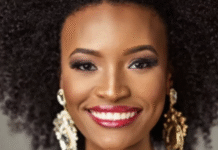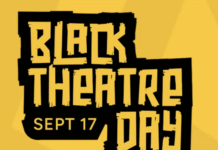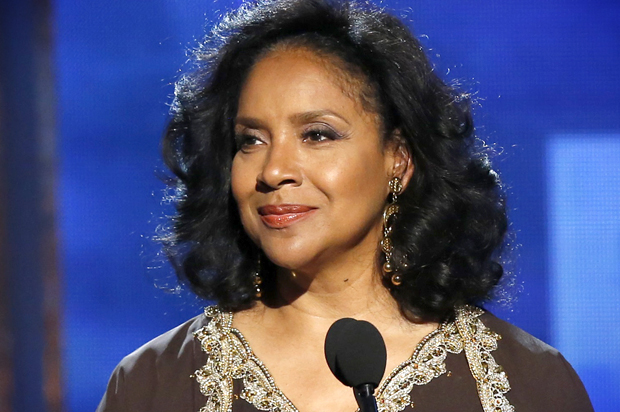OPINION
by
Christopher A. Daniel
While a great deal of society and their social media accounts overwhelmingly praised First Lady Michelle Obama’s address at the 2012 Democratic National Convention, another set of fabulous first ladies were being rediscovered in the fashion documentary Versailles ’73: American Runway Revolution (Coffee Bluff Pictures).
The directorial debut of Georgia native Deborah Riley Draper tells the miraculous story via candid interviews, press clippings and actual footage of some incredible African American fashion models who grace the catwalk at a chilly yet landmark November 1973 fashion show designed by famed fashion publicist Eleanor Lambert and Palace of Versailles curator Gerald Van der Kemp. Billed “The Battle of Versailles,” the show was a “competition” between American designers Stephen Burrows, Bill Blass, Anne Klein, Oscar de la Renta and Halston and French designers Yves Saint Laurent, Christian Dior, Givenchy, Pierre Cardin and Emanuel Ungaro as a fundraising effort to restore the ceiling of the esteemed European landmark.
Considering history and fashion experts are quick to acknowledge Beverly Johnson’s color barrier-breaking Aug. 1974 Vogue cover along with Jayne Kennedy gracing the cover of Playboy in July 1981, Versailles ’73 takes a closer glance at some of the fashion industry’s unsung black beauties. They approach haute couture/pret-a-porter with a one-of-a-kind attitude, presence and simplicity that is so trendsetting — counter to the stiff, posh and regal vibe of French fashion – that it affords these pioneering African American women the adoration of the fashion elite and world dignitaries.
Keep in mind, Versailles ‘73 totally predates the world’s obsession with America’s Next Top Model and Vanessa Williams becoming Miss America in 1983. Narrated by famed fashion historian Cameron Silver, Versailles ’73 won the CNN Outstanding Documentary Award at this year’s Martha’s Vineyard African American Film Festival and received critical acclaim at Cannes and the SoHo House feature. The film documents the personal experiences, horror stories, cultural discrimination and triumphs via sequins, chiffon, pop art styles and trains according to black fashion icons Burrows, Mikki Taylor, Pat Cleveland, Billie Blair, Alva Chinn, Norma Jean Darden, Charlene Dash, Bethann Hardison, Barbara Jackson, Jennifer Brice, Ramona Saunders and Amina Warsuma.
The ladies, in 33 minutes versus the French’s two-and-a half hour production, strutted their stuff, sashayed gracefully and turned their swag on in the finest ensembles — down the same aisle where Louis XVI married Marie Antoinette — in front of Princess Grace of Monaco, Liza Minelli, Andy Warhol, Christina Onassis, the legendary Josephine Baker, dynasties and a slew of wealthy millionaires. Miraculously, this cultural shift in beauty and fashion came post-Civil Rights and Black Nationalism but just at the helm of Vietnam and Watergate. The evening not only changed how African American models — who originally had to impress three of the five selected designers to make the cut — impacted the fashion industry through innovation, and also changed the course of how American fashion and its designers help define global attitudes towards fashion as a whole.
Christopher A. Daniel is a pop cultural critic and contributor to The Burton Wire. He is also a contributing writer for Urban Lux Magazine and Blues & Soul Magazine. Follow Christopher @Journalistorian on Twitter.
Like The Burton Wire on Facebook. Follow us on Twitter@TheBurtonWire.









Christopher Daniel is a brilliant & insightful writer with keen perception!
Comments are closed.